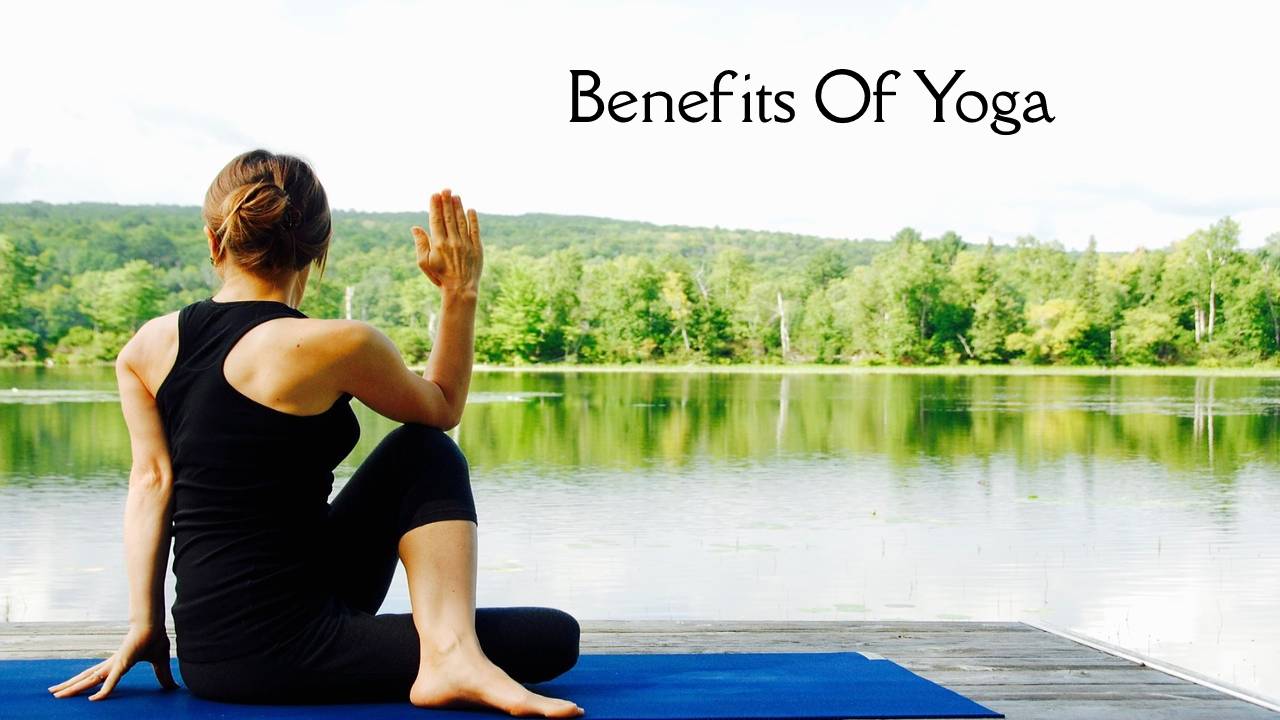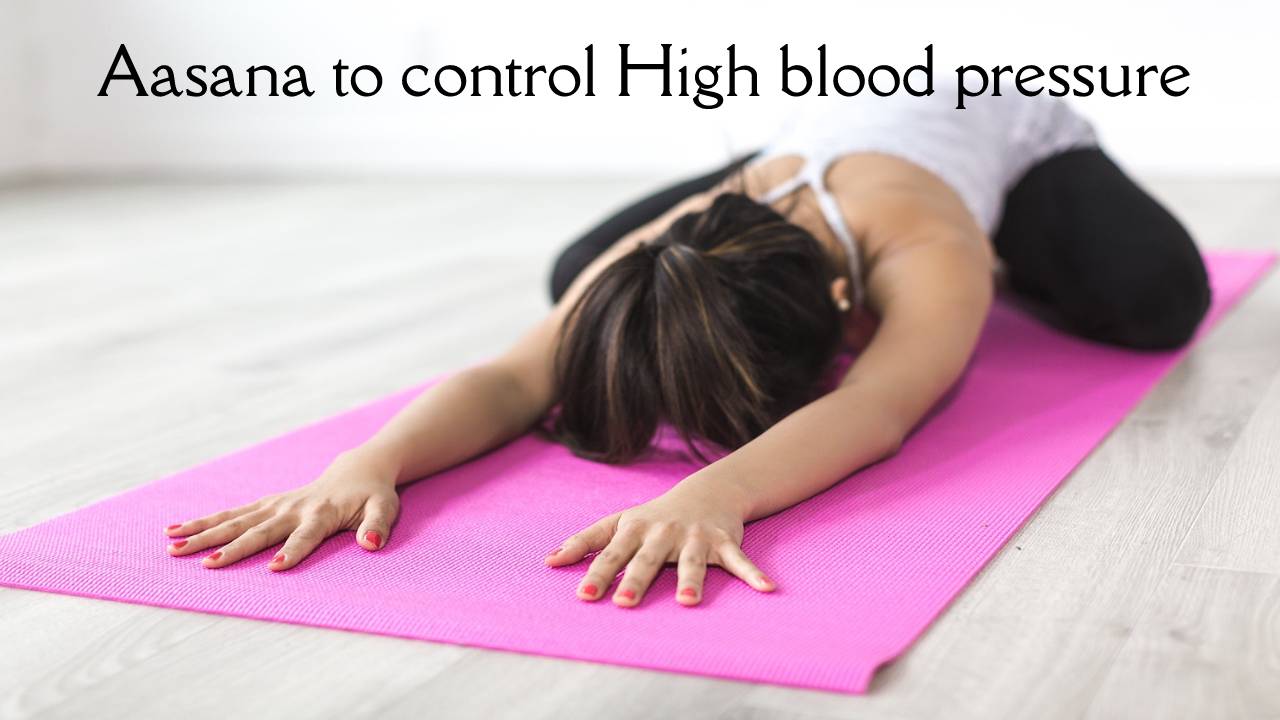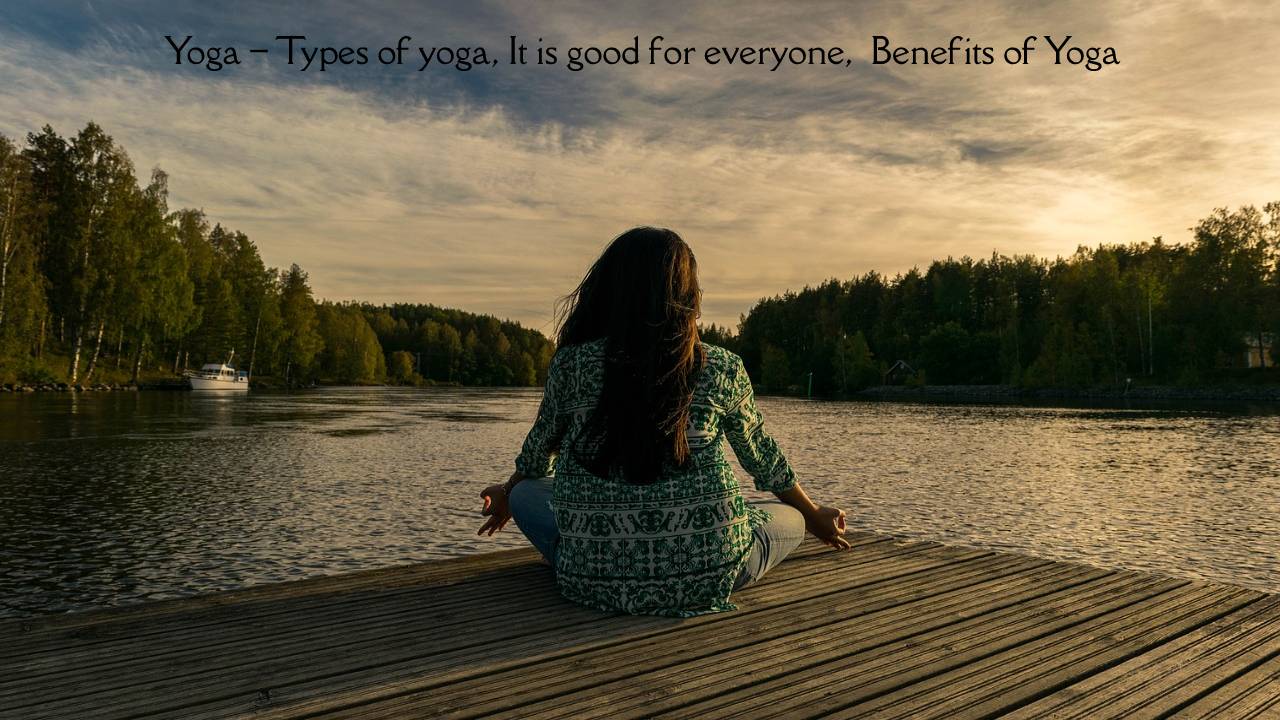Table of Contents
What is yoga?
The word yoga, sometimes also spelled “Joga,” comes from Indian Sanskrit and means “unity, harmony.”
Practicing it through online or studio yoga classes brings about a harmonization of body, mind, and soul. It leads to an awareness of the original unity and connection with the entire cosmos.
It also encompasses the techniques to achieve this unity. We use yoga for more quality of life, balance, and energy.
Many people associate the word yoga with either health and fitness or graceful-looking postures and relaxation.
That’s true, but it is much more than that.
The ideal introduction is Hatha Yoga. It offers many instruments such as physical exercises, breathing exercises, deep relaxation, and meditation.
In a broader sense, it also includes healthy eating and positive thinking.
There are different directions in it. It combines different paths for the promotion of the whole personality of the person.
Yoga is good for everyone
In Western society, we often associate it with well-trained people who seem to effortlessly bend their bodies into all (im-) possible poses and wear chic sportswear.
The physical exercises are only a fraction of what is really behind it, and accordingly, you don’t have to be a super athlete to practice it.
A chiropractor in Ponte Vedra Beach, FL, might recommend yoga to clients as a gentle, accessible way to improve flexibility, balance, and overall well-being.
Types of yoga briefly explained
It does not exist; instead, there are many different variants on an equal footing.
As I said before, it’s all about which type suits you best personally. So that you can get a concrete idea, here is a list of the most popular styles.
1. Ashtanga yoga
An Ashtanga unit is always in the same order. It consists of very dynamic exercises that work the muscles properly and are guided by larynx breathing.
This style of it is strongly aligned with the eight-step path.
2. Bikram yoga
The typical 26 exercises in the Bikram style are performed in a hot room. Around 40 ° C room temperature ensures that the muscles are relaxed even more, and you sweat a lot.
Bikram Yoga is twice as good for your health because it detox the body as it has a very detoxifying effect.
3. Hatha yoga
When we talk about it, we usually have this style in mind.
It is ideal for beginners, as the light physical exercises and calm breathing techniques are feasible for everyone and gently introduce you to its philosophy.
The connection to the mind is more central here than physical exertion.
4. Kundalini yoga
In the Kundalini style, One must particularly perform intensive breathing exercises in addition to the asanas.
It directs the Prana, the flow of breath or life energy, is consciously d.
Also, meditation and repeating mantras play an essential role here. So the focus is more on the spiritual level.
5. Yoga Nidra
This variant delves deep into the spiritual world. It specifically creates a trance-like state between sleeping and waking, in which one consciously experiences one’s thoughts and feelings without judging.
It does not focus on physical exercise but meditation. chiropractor in Ponte Vedra Beach, FL
6. Power yoga
Ashtanga yoga serves as the basis for this style. The main difference is that the order of the Asanas in Power Yoga makes much more flexible.
Again, the poses may not seem too strenuous, but they will make you sweat quickly because the deep muscles are stressed.
Asanas stay for a more extended period and strengthen coordination, breathing, strength, and balance.
7. Vinyasa yoga
In Vinyasa Flow, the asanas flow into one another and are guided by the breath. One must repeat the asana sequence several times and at a relatively brisk pace.
Vinyasa yoga, in addition to conscious breathing, builds and strengths the muscles.
8. Yin yoga
The style of Yin yoga is very calm. As a positive side effect, it strengthens the joints, and relaxes the connective tissue (fascia).
The positions are sometimes held for several minutes, but it is not about the effort required but rather about the stretching effect and listening to the body.
Benefits Of Yoga
It effects your body and mind. Many yoga techniques are beneficial in several ways from a conventional medical point of view.
And therefore we can also it therapeutically in addition to medical treatment.
However, in medical diagnoses, the exercises should be taught individually and by a yoga teacher with therapeutic training.
In the medical sense, it is a complementary therapeutic path that can bring relief, especially for the following clinical pictures:

1. Asthma
Because of the breathing exercises practiced in it and the thoracic spine and chest mobilization, it positively affects people with asthma.
It changes the breathing behavior; breathing becomes deeper and slower. It calms the vegetative nervous system, and relieves the fears.
2. High blood pressure
Targeted yoga exercises also have a positive effect on the vegetative nervous system.
Studies have shown that especially hatha yoga leads to a decisive improvement after 4 weeks for high blood pressure (hypertension).
It does not affect endurance performance, but appropriate physical and breathing exercises can also get the cardiovascular system going and promote blood flow to internal organs.
Relaxation exercises help calm the system down again.

3. Metabolism & body weight
According to scientific studies, lowering the blood sugar level in diabetes is already possible after 6 months.
It has also been shown that people who are overweight lose weight with regular exercise.
Some of its styles have no direct influence on the breakdown of fat.
Still, individual dynamic yoga directions (e.g., Ashtanga yoga) are movement-intensive and therefore also suitable
as fitness training for fat loss.
4. Headache
The calm elements (meditation, breathing, relaxation) of yoga have a positive effect on migraines.
Chronic headaches are usually accompanied by muscle tension (especially in the neck area), and yoga can significantly help loosen up the muscles.
5. Back problems & joint problems
With the help of correctly performed physical exercises (asanas), the entire musculoskeletal system becomes more flexible and mobile.
Also, its exercises do not strain joints, tendons, and ligaments but gently promote flexibility, so it is ideal for back pain or joint problems.
The aim is to support and strengthen overloaded regions (e.g., the lumbar spine) while less dynamic areas are specifically mobilized (e.g., hips)
Also Read: Silk Scarf – Fabrics, Silk scarves are fabulous for your hair


